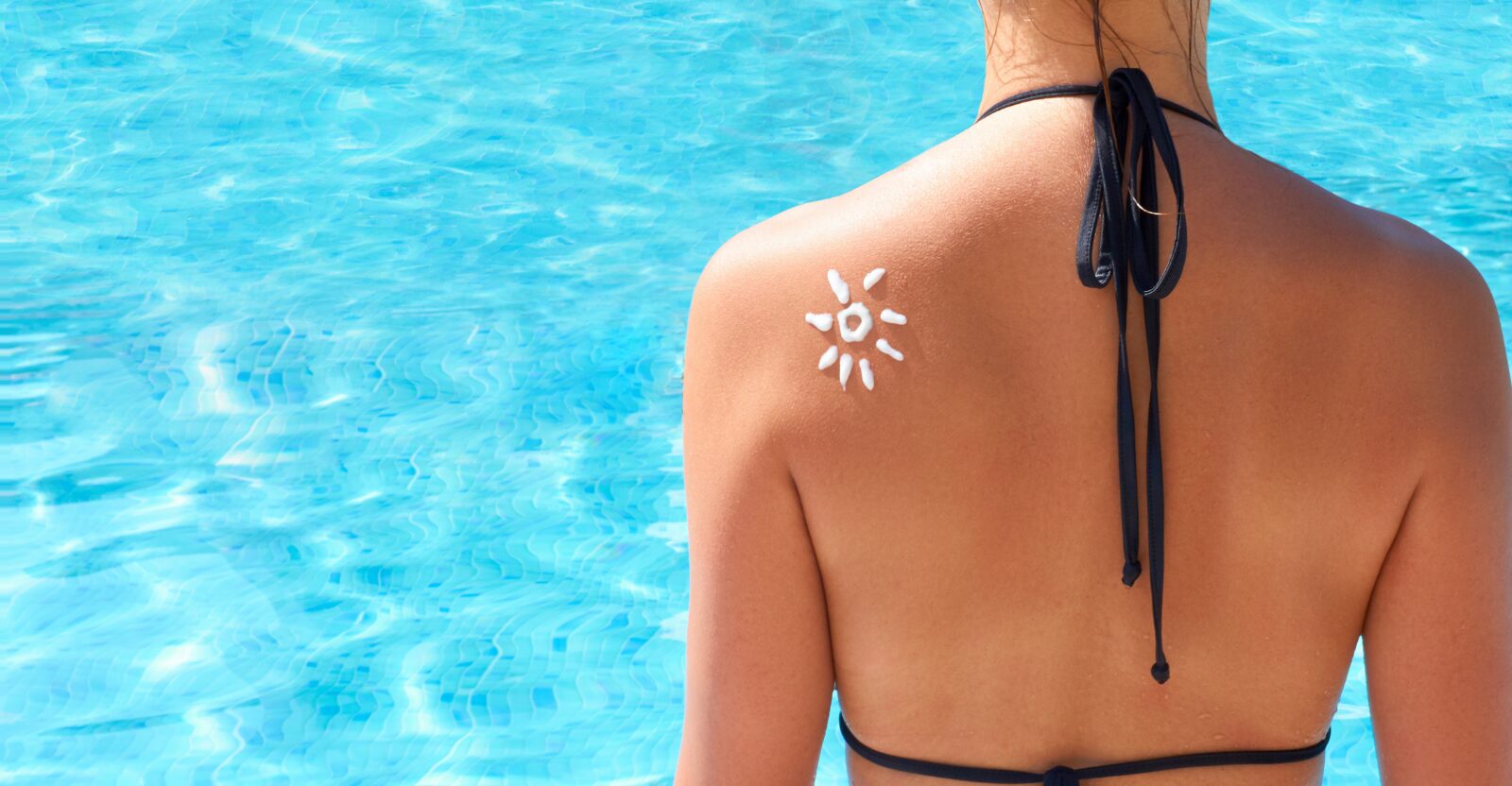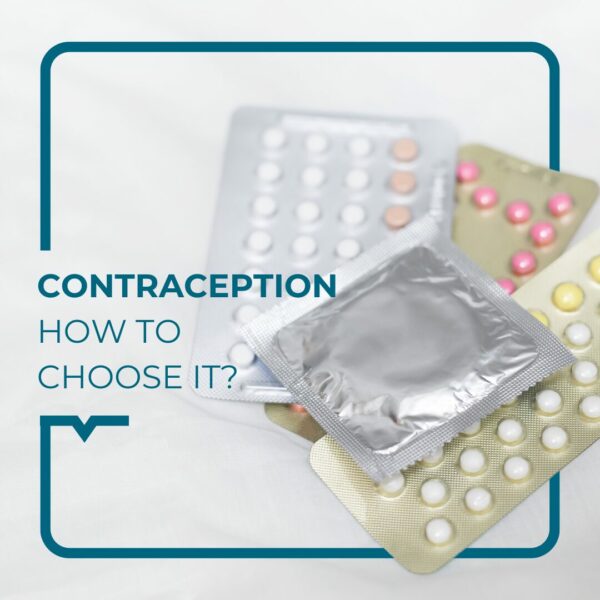With 2,800 hours of sunshine a year, we could look good all year round in Lisbon! However, such exposure makes us wonder about the importance of taking care of our skin and protecting it from the sun’s rays.
The sun has multiple effects on the skin, and not all of them are harmful. For a long time, we only talked about its beneficial effects. In particular, the sun produces a feeling of well-being and relaxation and induces the synthesis of vitamin D, which is essential for life. However, only a few minutes’ exposure to the face each day is sufficient to obtain the necessary amount of vitamin D.
The real harm of the sun is hidden behind regular unprotected exposure. What are the risks of unreasonable and unprotected exposure?
Spoiler Alert: there are many!
- These immediate effects, well known to most people, are, first of all, the famous sunburn. This is a real burn that varies in severity from simple redness to a second-degree burn with blisters. Class B UV rays are responsible for the majority of sunburns and burns. With a shorter wavelength than UVA, they penetrate the skin less intensely.
- Solar herpes can also be seen with unreasonable exposure to the sun (i.e. repeated exposure, without protection, during the most aggressive hours of the day between 10 am and 4 pm).
- Finally, skin thickening is also an immediate side effect of risky exposure as it results from a protective phenomenon of the epidermis. The thicker skin is better at blocking UV rays but is also responsible for significant acne flare-ups in the days following the end of the exposure
The three main types of skin cancers
The longer-term effects are those that will interest us because they are more aggressive and often irreversible. Both UVA and UVB are responsible for these changes.
- One of the first long-term effects is a direct consequence of continuous exposure: skin aging. The sun is the main factor that accelerates natural skin aging. With prolonged and repeated exposure, the UV rays emitted by the sun will progressively destroy the elastic fibers that hold the skin together and will modify the network of collagen fibers. Skin aging generally results in intense dryness, a change in complexion (dull and pale), surface abnormalities (dilated vessels, rosacea, brown spots, etc.), and wrinkles. For more information on skin aging (prevention, specificity, and treatment) please see our article on this subject.
- The sun could also be responsible for many skin cancers. The incidence rate of skin cancers has been steadily increasing in recent years.
The three main types of skin cancers are basal cell carcinoma, squamous cell carcinoma, and melanoma. They are caused, at least in part, by long-term exposure to the sun.
- Basal cell carcinoma is the most common skin cancer and develops in It develops in certain cells of the top layer of the skin, the epidermis. It is usually detected by the appearance of a shiny papule on the skin that slowly grows.
- Squamous cell carcinoma is the second most common skin cancer. It is a malignant tumor that originates in the squamous cells of the skin, also called keratinocytes, present in the epidermis. Thick, scaly growths appear on the skin and do not heal.
- Melanoma originates in the pigment-producing cells of the skin, the melanocytes. Melanomas can develop on healthy skin or in moles. They can be irregular, flat, or raised brown skin patches with dots of different colors or black or grey nodules with a firm consistency. Melanomas are on the increase in Western countries where sun exposure is more frequent.
How to protect yourself from the harmful effects of the sun?
As you will have understood, the sun’s harmful effects are significant and sometimes irreversible. irreversible consequences. But it is not impossible to protect yourself from it. This can be done by wearing anti-UV clothing (long-sleeved T-shirts, trousers, wide-brimmed hats), applying sunscreen with a minimum protection factor (SPF) of 50 applied every 2 hours and after going into the water or sweating, or of course by avoiding the sun, moving into the shade, and refraining from outdoor activities between 10 am and 4 pm in summer.
If you have any questions, if you would like further advice on any skin changes, or if you would like to have an abnormal mole or other skin alterations checked, please contact our dermatologists at the Alegria Medical Centre.
This information is not a substitute for medical advice. You must seek the advice of your doctor or another qualified health professional with any questions you may have regarding your health condition.
Talk to a family doctor


